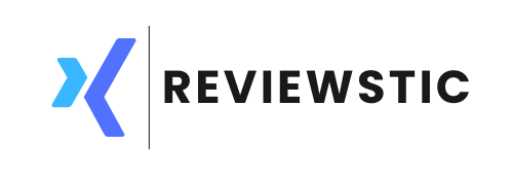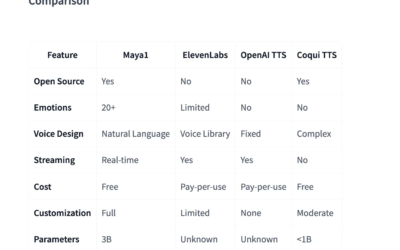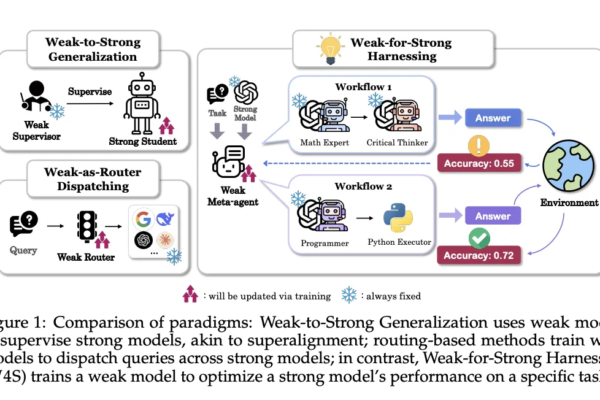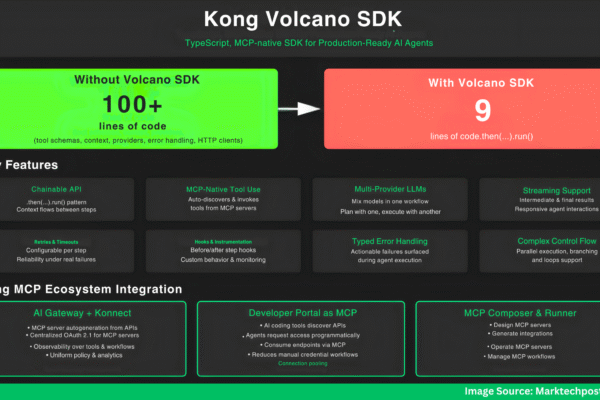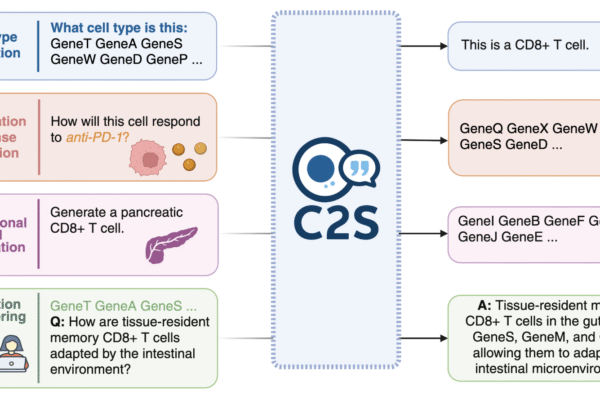
An Implementation to Build Dynamic AI Systems with the Model Context Protocol (MCP) for Real-Time Resource and Tool Integration
In this tutorial, we explore the Advanced Model Context Protocol (MCP) and demonstrate how to use it to address one of the most unique challenges in modern AI systems: enabling real-time interaction between AI models and external data or tools. Traditional models operate in isolation, limited to their training data, but through MCP, we create…
